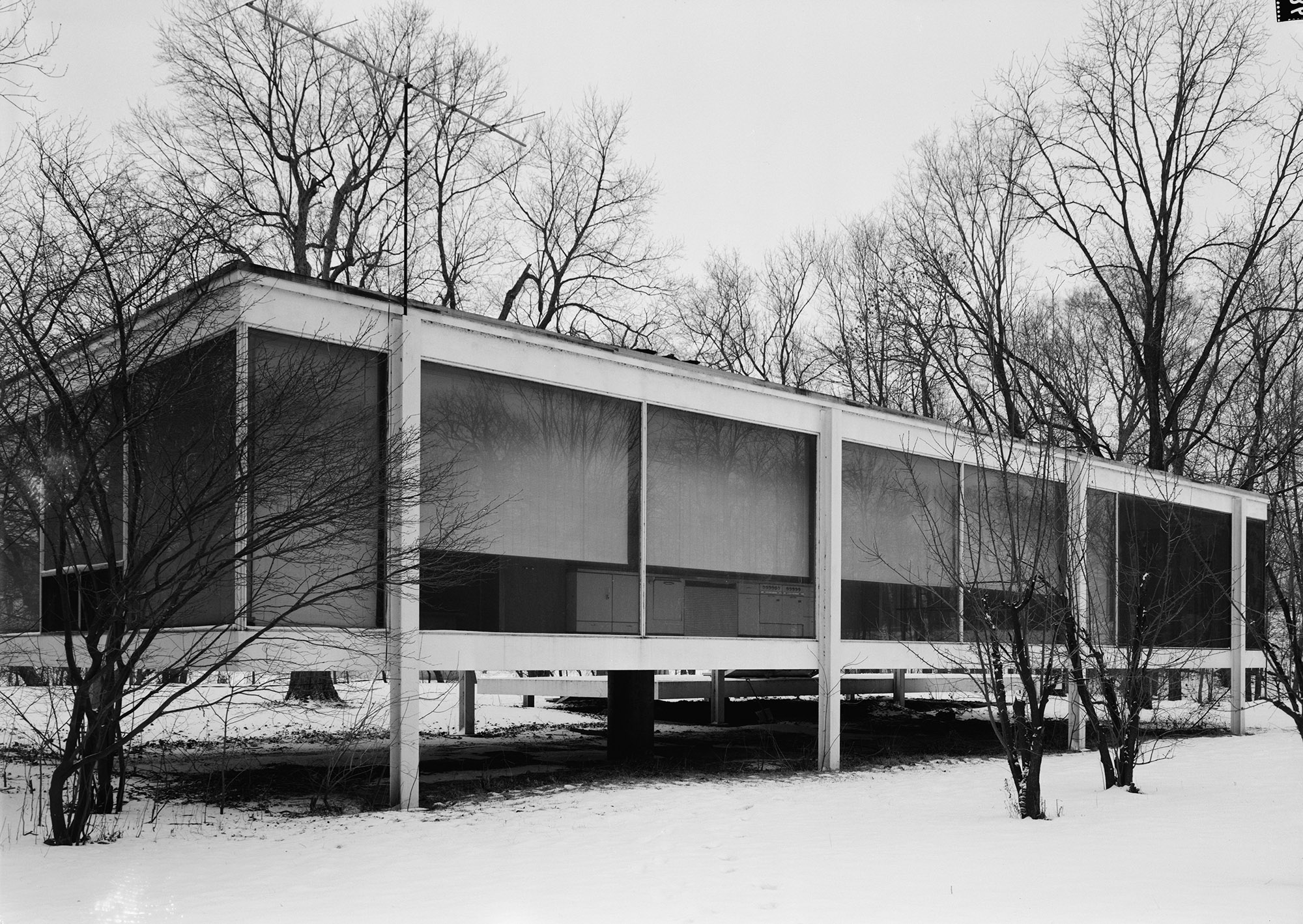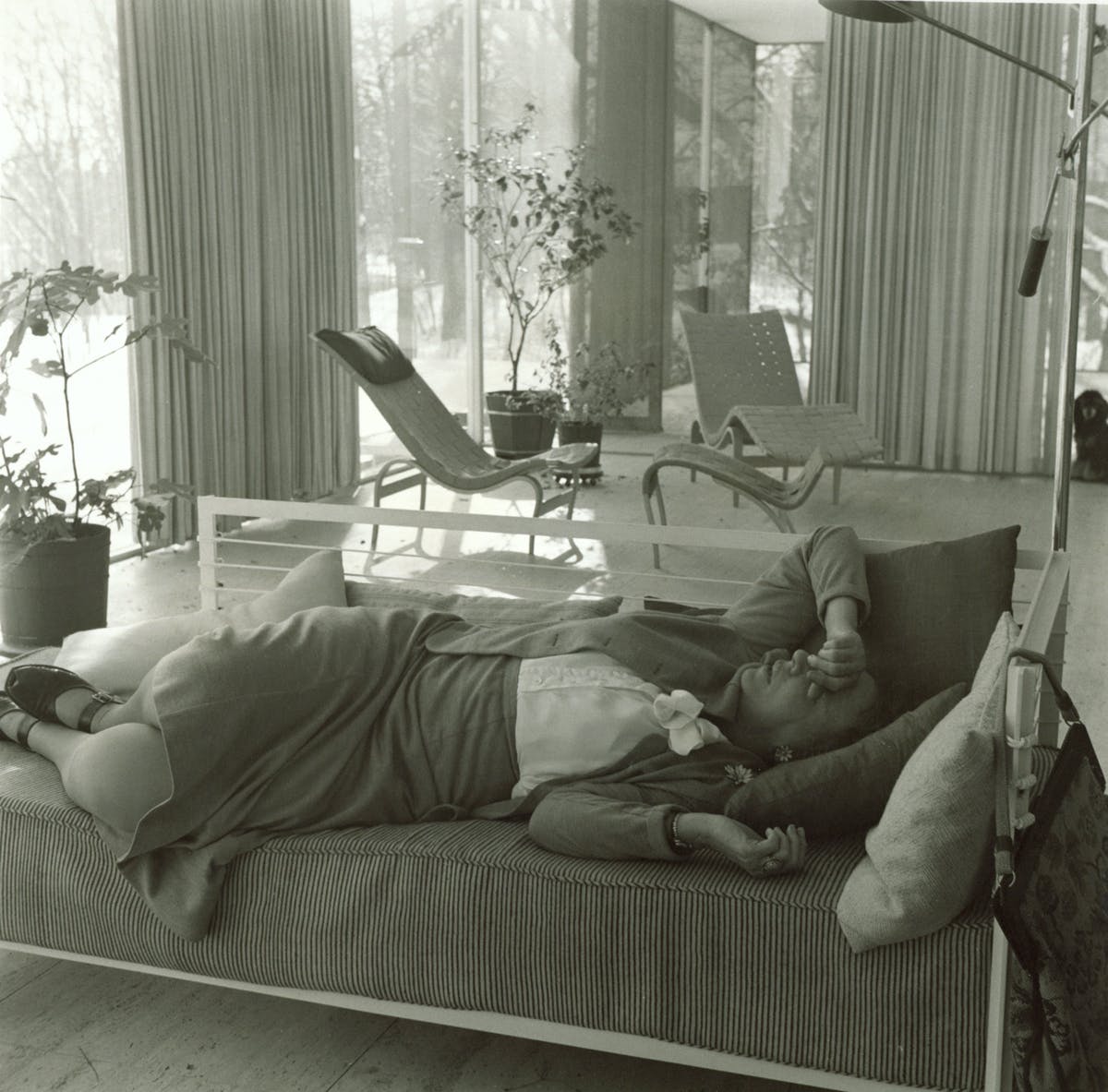
When dealing with an architectural project, the client – individual or entity – changes his name, often literally and figuratively, to “patient“: his need or ailment is not an explicitly verbal or pictorial truth, but the role of the professional is to diagnose the implicit needs and resolve them satisfactorily.
Although some of the famous architects throughout history have been known for their harshness in this complex process (From Brunelleschi to Le Corbusier 1), it is imperative for me to make special mention of Mies van der Rohe, along with his Farnsworth House, as an example of an ill-fated architect-client management.
In 1946, Mies met Dr. Edith Farnsworth, an eminence who had been twice nominated for the Nobel Prize. From that moment on, the relationship between the well-known doctor and the architect is surprisingly good, and is full of rumours and “yellowing” that were not appropriate at the time. With the beginning of the commissioning of a recreational house on the Fox River in Illinois (1949), the relationship between the two became more tense with the decisions made by the German, clearly far from the requirements of his client, who began to feel ignored.
The lack of furniture, visual control, and even artificial lighting 2 are a further burden to the fact that the original budget is exceeded by 27%. In addition, the lack of land and climate studies meant that the house was inaccessible and literally flooded during the annual floods of the Fox River. This situation led to a cessation of payments, to which the architect responded with a lawsuit, in which he notes that Edith was “a woman scorned for her loving rejection”. Farnsworth responds with a new demand and, in defence, his famous “Less is nothing”.
Farnsworth vs Mies: The Legal Battle
In spite of the doctor’s efforts, both legislative and economic, justice proved Mies right, forcing her to pay, even though by then the legal battle had been so well known that the media had echoed it and a cloud of qualifiers began to cling to the figure of the architect in the eyes of American society. The characteristics of Mies’ work and its forms with the client gave rise to concepts in the press such as “communist” or “dictator” 3, and he began to be branded as a totalitarianist or a destroyer of traditional values 4.
The news reached the ears of Frank Lloyd Wright, who soon pronounced what appeared to be an epitaph for his popularity:
“The architecture of van der Rohe is devoid of feeling and degrades the human being. […] Less is more when ‘more’ is no good.” 5
As a result, and although the orders for the German did not cease in the years to come, his notoriety plummeted after the media’s overwhelming response, and his well-known “Less is more” began to break down on a question of morality.
The perspective that time gives us allows us to ask: Was it worth it, Mies?

[expand title=”Notes and sources”]
1- Filippo Brunelleschi in the works of the dome of Santa Marie del Fiore (1471) or Le Corbusier and Pierre Curutchet (1952)
2- Mies decided to dispense with all artificial lighting, except for portable electric lamps, because the light in the windows attracted numerous insects at night.
3- House Beautiful Magazine, April 1953.
4- Statements by Frank Lloyd Wright on Mies and the international style.
5-“Less is more when more is no good” F.L.W., 1953.
Header photo: Farnsworth House during the winter of 2001
Sources:
The story behind the Farnsworth house myth
Mies van der Rohe and the Farnsworth House will have Hollywood film
[/expand]